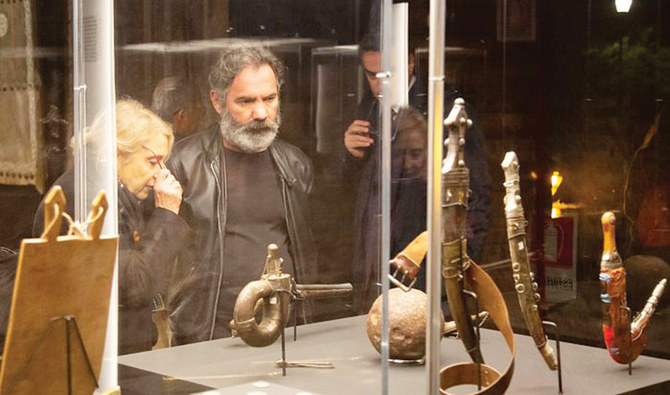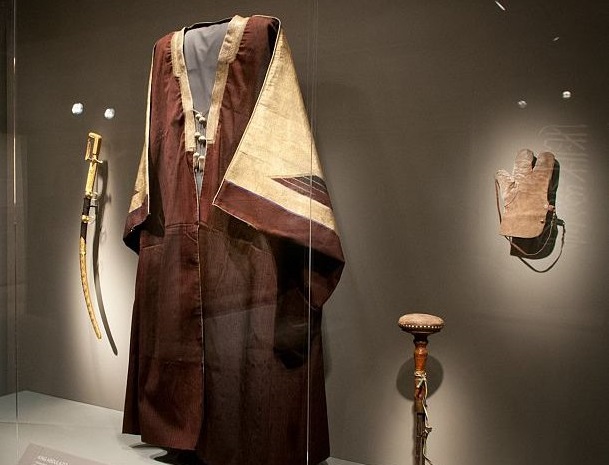



SPA Riyadh
The international exhibition titled “The Roads of Arabia Masterpieces of Antiquities in Saudi Arabia Across the Ages” is drawing large crowds at the National Roman Museum in Rome, Italy.
The exhibition has many things to offer to history lovers and people who are keen to learn more about Arab civilization and Saudi culture. The exhibits on display include more than 460 rare artifacts, some dating back more than a million years and to the various civilizations that once thrived in the Arabian Peninsula since the beginning of time.
These are original pieces collected from various regions of Saudi Arabia during national and international excavation missions led by Saudi archeologists. The history of these artifacts date back to the Stone Age through the period of slaves (the 5th millennium B.C.) then the period of Dilmun, the era of early Arab kingdoms, the Islamic era until the period of the establishment the modern Saudi state.
The exhibits related to the Saudi heritage include different aspects of social, cultural, economic and other life through 42 heritage pieces, some of which are the possessions of the founder, King Abdul Aziz. The exhibition also includes an old Saudi flag, a mashhal, and a copy of the Qur’an used by King Abdul Aziz, in addition to the king’s falcon hunting tools, which include a hand glove and a falcon’s headcover, etc.
The exhibition also presents a number of Saudi heritage pieces dating back to the 19th century, including incense burners, rifles, old Saudi coins, a traditional window shelf, traditional daggers for ceremonies, jewelry, necklaces, a bowl of ornate kohl, silver anklets, a powder gun holder, coffee beans cooler, a smooth stone pest, pen holder, inkwell, wooden pen and mold casting, a lead smelter, traditional belt, cannonball, ornate stone carpentry, Arabic coffee pot, and more.
The exhibition also focuses on the impact of ancient trade routes that traversed the Arabian Peninsula, allowing for a vibrant exchange of both trade and ideas. With the advent of Islam, Hajj routes also played a major role in communication and exchanging knowledge with different civilizations of the world.
Since July 13, 2010, the exhibition has been staged in 16 international cities, showcasing outstanding masterpieces of exceptional value for the first time outside the Kingdom.
The exhibition highlights the Kingdom’s role in world civilizations and heritage, its Islamic status as the country where the Two Holy Mosques are located, and its position as a bridge and hub of cultural interaction between East and West.
The exhibition was held for the first time at the Louvre Museum in Paris, then at the “La Caixa Fundacion” Barcelona, the Hermitage Museum in St. Petersburg, and the Pergamon Museum in Berlin.